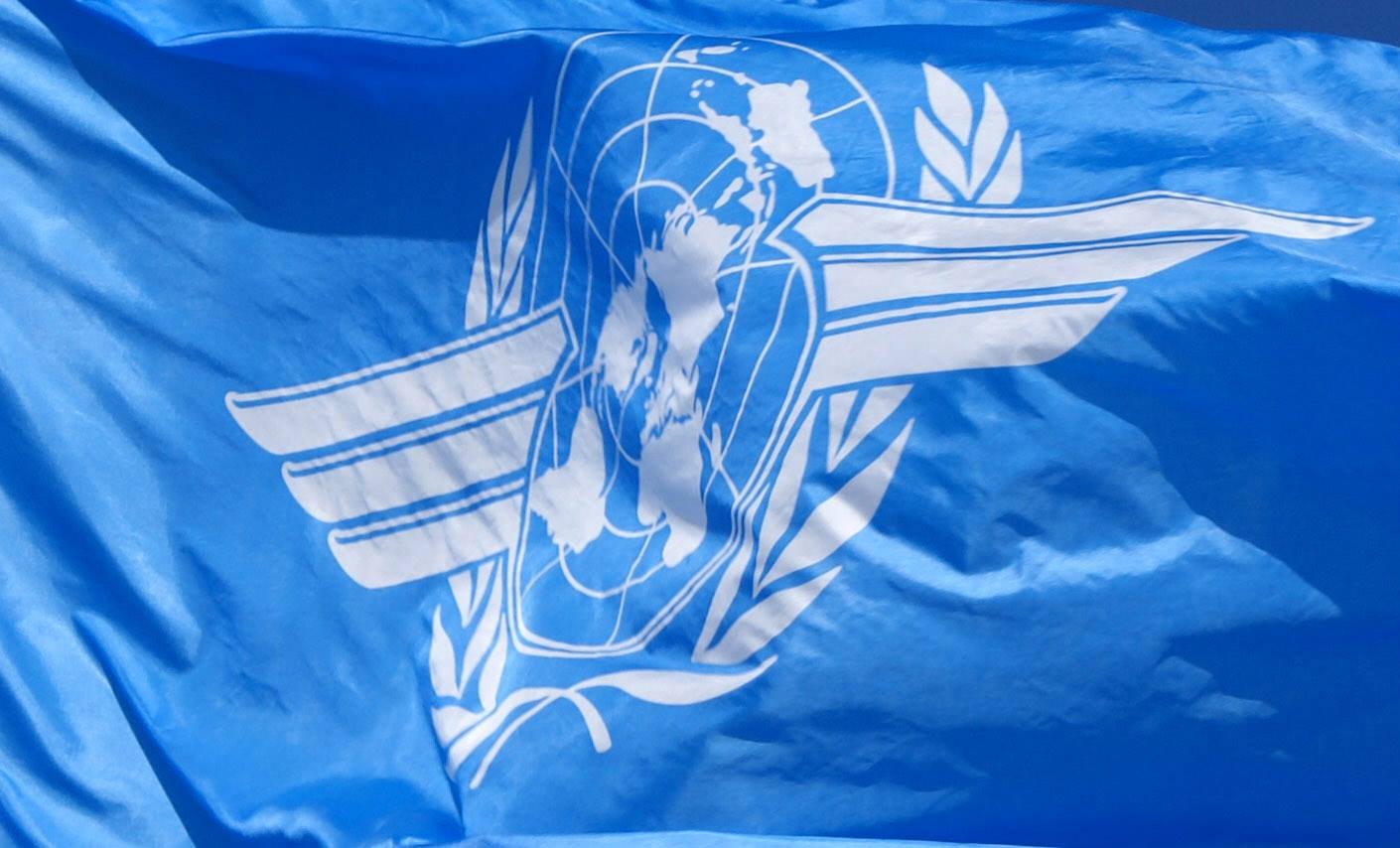
No cap on airlines’ CO2 as draft climate deal proposes opt outs and offsets
National governments meeting in Montreal are nearing a deal to offset but not reduce carbon emissions from aircraft on a voluntary basis. Agreement at the UN’s aviation body ICAO is likely to be met with scepticism in Europe where in 2013 the EU agreed to roll back coverage of its emissions trading system from flights into and out of Europe. Ostensibly this was to give ICAO time to come up with something better.
Interested in this kind of news?
Receive them directly in your inbox. Delivered once a week.
Under ICAO’s proposed market-based measure, countries can choose to opt for voluntary offsetting of their carriers’ emissions until 2027 when the scheme would become mandatory for all but those exempt countries. Airlines would be required to purchase offsets each year for the amount of CO2 emitted above 2020 levels. Countries which have so far signed up for the voluntary phase only account for about half of the emissions coverage needed to deliver carbon neutral growth in 2020, let alone what is what is required to meet the 1.5°C limit on global warming.
The criteria governing which offset programmes count as emissions reductions is to be decided at a later date. This leaves unaddressed concerns about whether an offset actually reduces emissions or whether the offset project would have taken place anyway – in which case it is not additional and does not count. Rules to prevent both airlines and the country of the offset project claiming the emission reduction – double counting – have also yet to be decided on.
T&E aviation policy officer Andrew Murphy said: ‘ICAO promised a global measure that would deliver carbon neutral growth in 2020, but instead we are facing into another decade of delay with a lot of uncertainty over whether offsets will actually reduce emissions. Aviation’s climate problem is not going away anytime soon.’
European countries, along with the US, Canada and Mexico are among those supporting the deal at ICAO, but China, Russia and India have yet to sign up as talks continued over the weekend. After the assembly, the EU will assess the ICAO outcome and determine whether the original full scope of the ETS should automatically snap back on 1 January 2017 – as the regulation provides – or whether, for instance, the clock should be stopped a third time.
A recent T&E study found that, although now restricted to intra-EEA flights only while waiting for ICAO, the aviation ETS functions well and has a high degree of compliance including by third country operators. The ETS’s use of allowances ensures transparency, however, it is only once the current surplus in the overall ETS is properly addressed that emission reductions will be realised.
Andrew Murphy concluded: ‘Not only has the EU’s ETS disproved sceptics from both within and beyond Europe, but it has served as a model for nascent trading systems in such countries as China and Mexico. Replacing the ETS with the promise of something to take effect in 2021 which is far less than global, which sets a weaker target and lacks environmental safeguards, is not the way to strengthen Europe or the world’s climate ambition.’
ICAO has been working for almost two decades on aviation’s climate impact and its latest deadline to produce a result is at its 2016 assembly this month. International aviation and shipping were not explicitly mentioned in the Paris agreement, leaving it unclear how their rapidly growing emissions were to be addressed. Aviation is currently responsible for an estimated 5% of global warming. Without a change in the current projections, emissions will increase by more than four times, potentially to account for 22% of global emissions in 2050.
